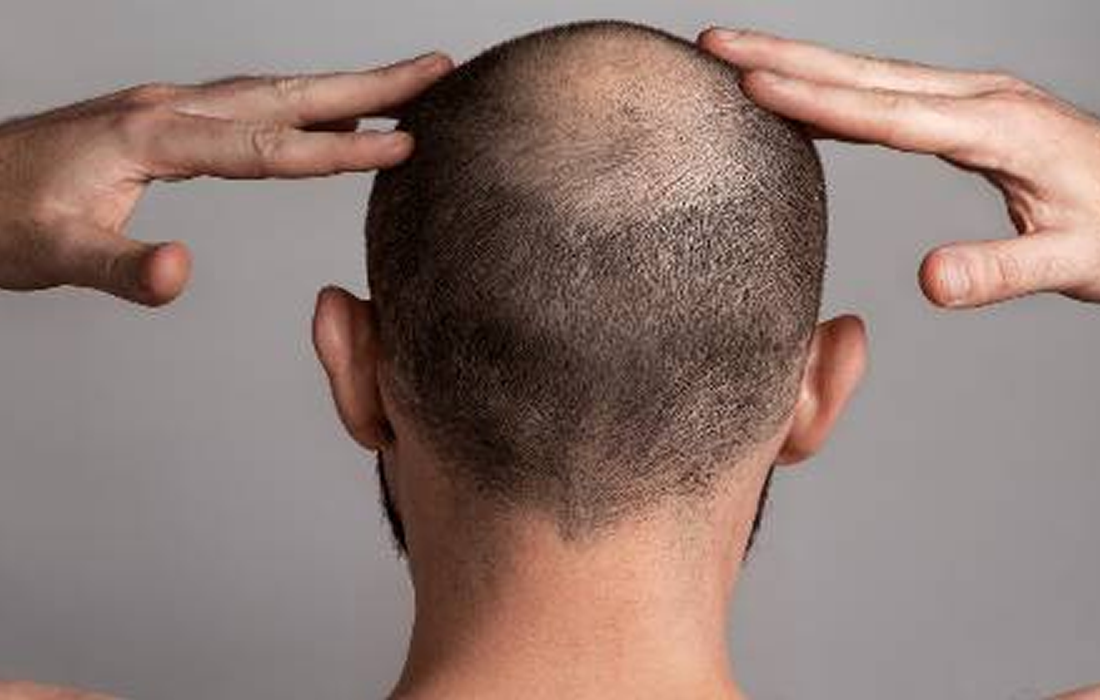Stem Cell Therapy for Specific Conditions
Could Regenerative Medicine Pave the Way to Treating Baldness?
Human stem cells have been coaxed to develop into skin-like structures in vitro. When engrafted onto mice, the structures produce hair, highlighting the potential of the approach for regenerative therapies.
A group of scientists, Lee et al. have generated hair follicles from human stem cells, which places us closer to generating a limitless supply of hair follicles that can be transplanted to the scalps of people who have thinning or no hair. This could also help patients with wounds, scars and genetic skin disorders.
In 1975 a study showed that keratinocytes could be isolated from the surface layer of the skin (the epidermis) and they could expand in culture. Later, in 2017 a boy with a genetic condition called junctional epidermolysis bullosa was treated based on the same principle replacing his epidermis with genetically corrected cells.
Lee and the other scientists generated near complete skin organoids, self-organizing tissues grown in the laboratory that mimic developing skin. These types of organoids have been grown to imitate various organs including the gut, lung, kidney and brain. They are typically formed from pluripotent stem cells that can form all adult cell types.
The researchers added growth factors to the stem cells. First, they added BMP4 and an inhibitor of the transcription factor TGF-β to induce formation of epidermis and afterwards they treated the cells with growth factor FGF2 and an inhibitor of BMP to induce the formation of the dermis. After more than 70 days the follicles began to appear, which ultimately produced hair. The only thing that did not develop was immune cells which normally reside in and around follicles.
The authors demonstrated that the organoids have therapeutic potential in vivo. They transplanted the organoids onto mice and showed that just over half of the organoids go on to form hair. These findings have the potential not only to treat baldness but to introduce skin organoids into wounds to encourage healing and prevent scarring.
For the results to be used in other areas like a patient with burn wounds, more studies have to be made to understand the molecular events taking place to provide strategies for accelerating the process. It took 140 days before the organoids were ready for engraftment, but a patient with that type of condition cannot wait that long.
Source:
https://media.nature.com/original/magazine-assets/d41586-020-01568-2/d41586-020-01568-2.pdf

